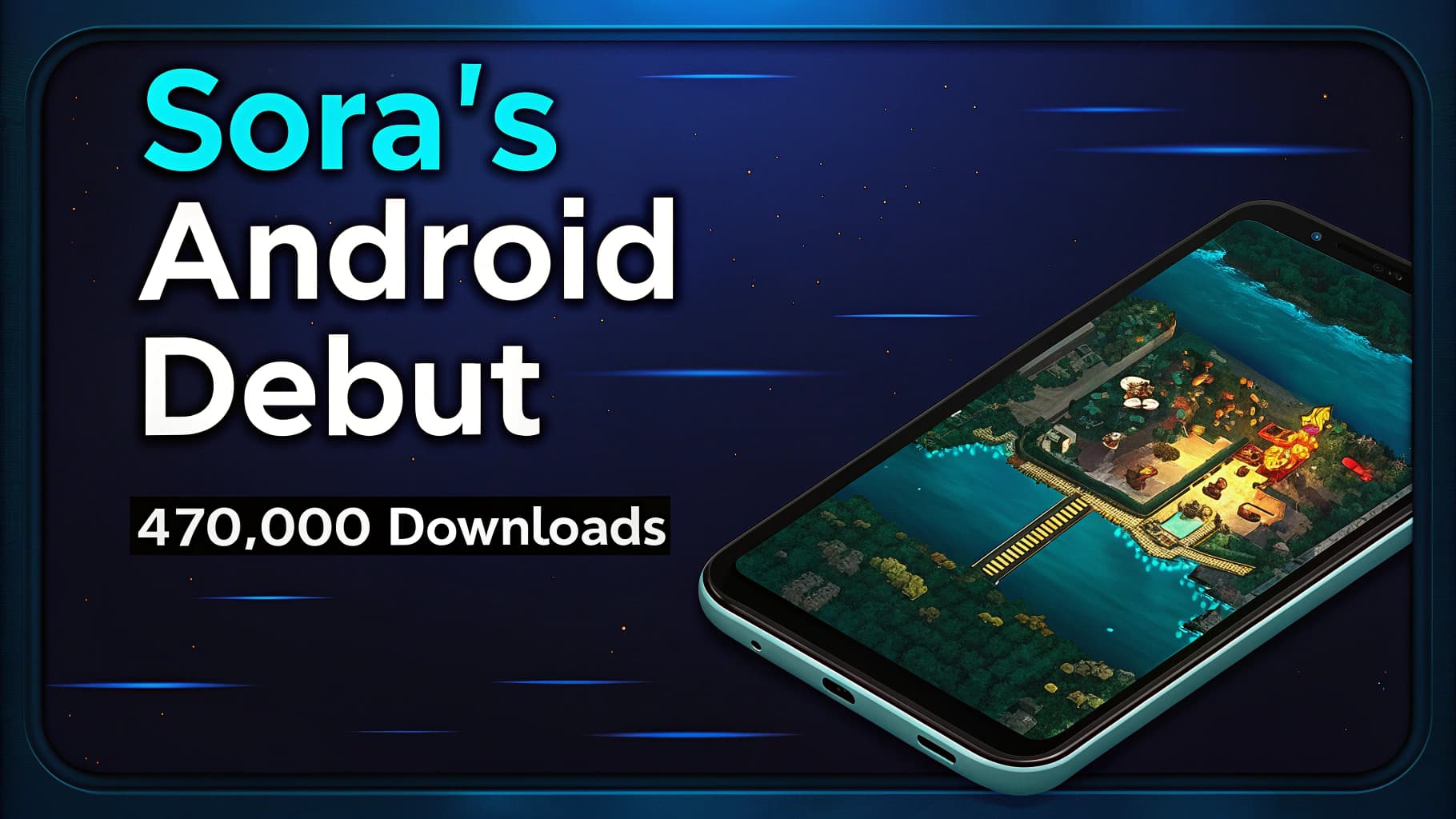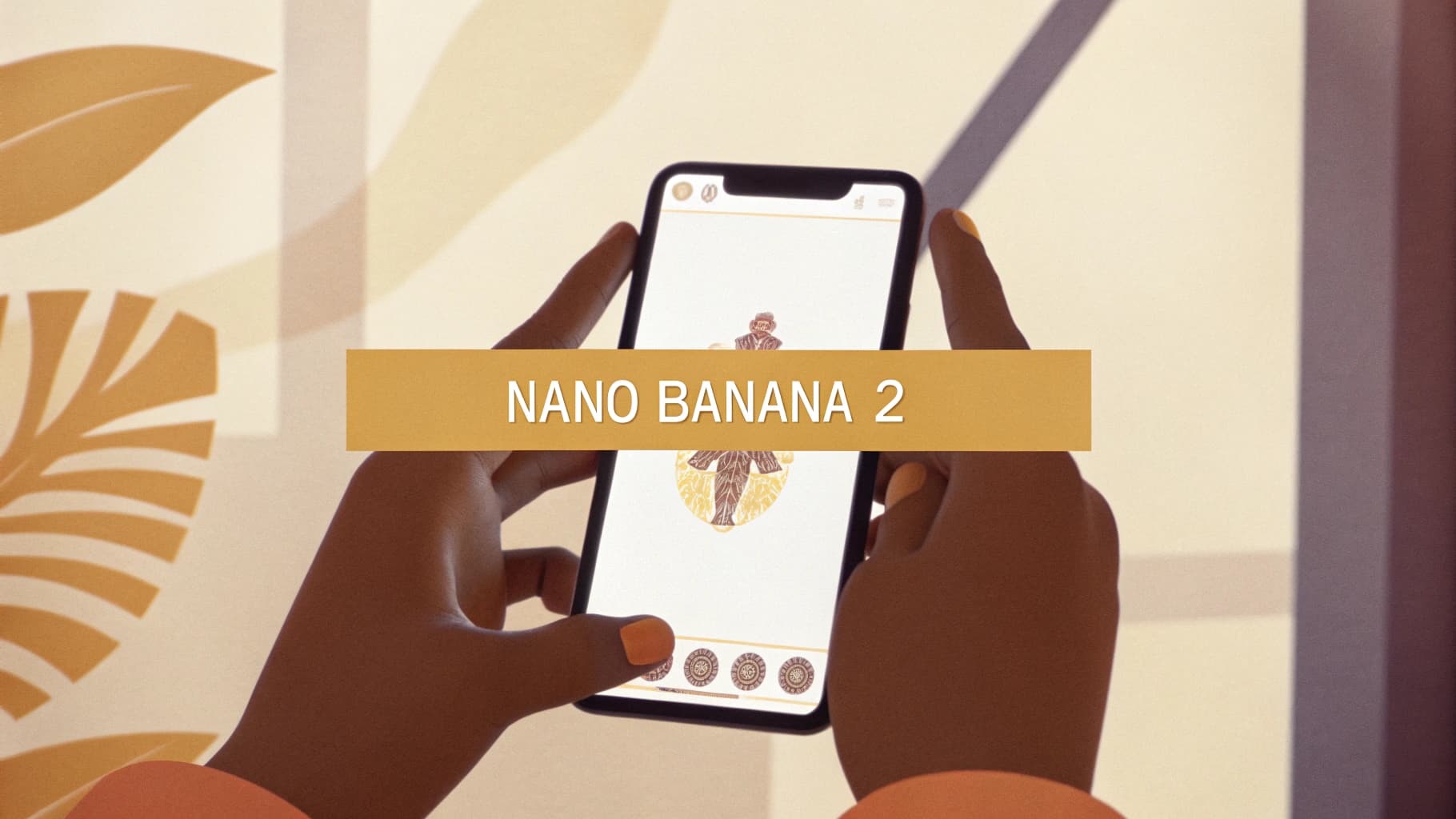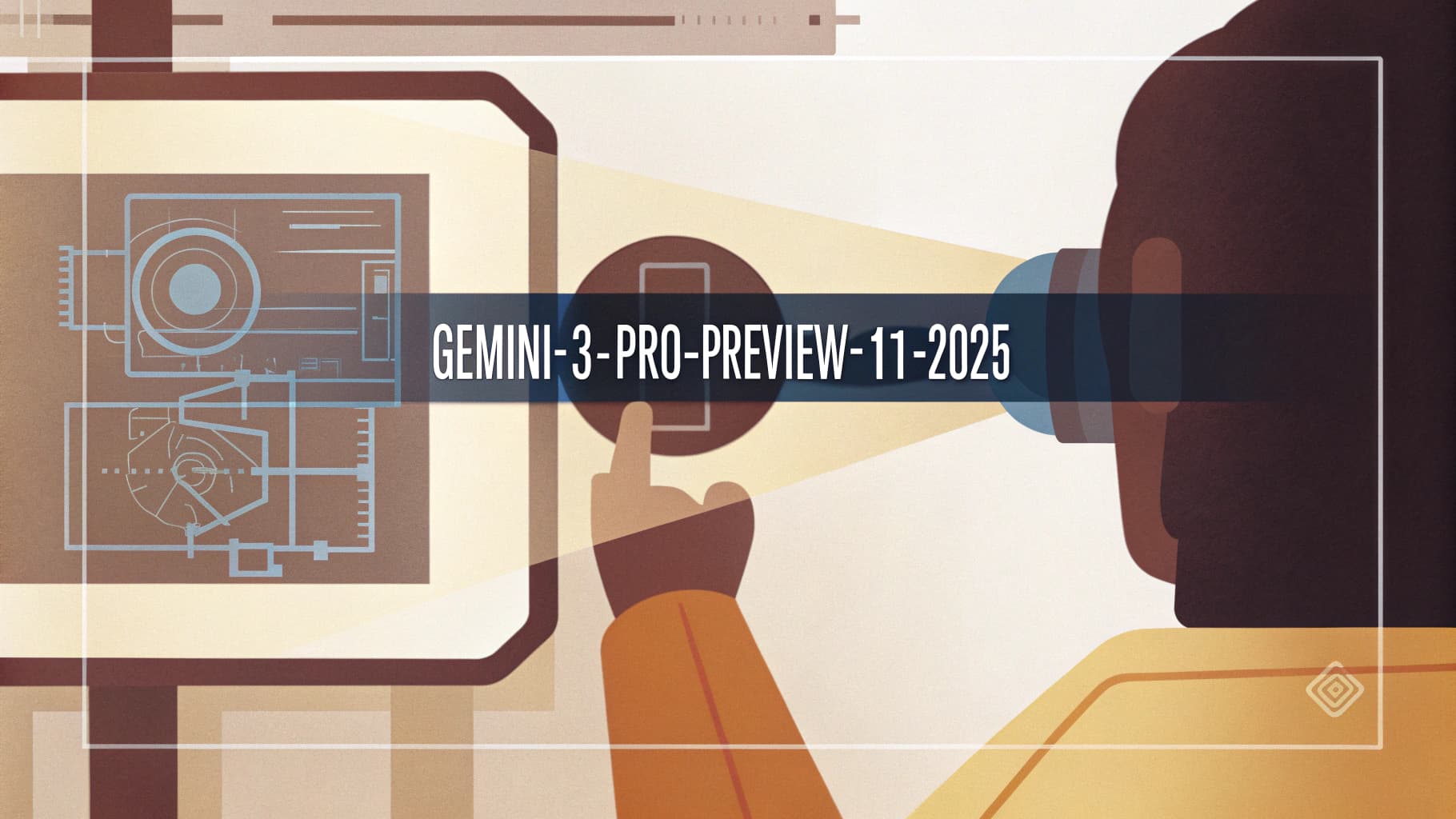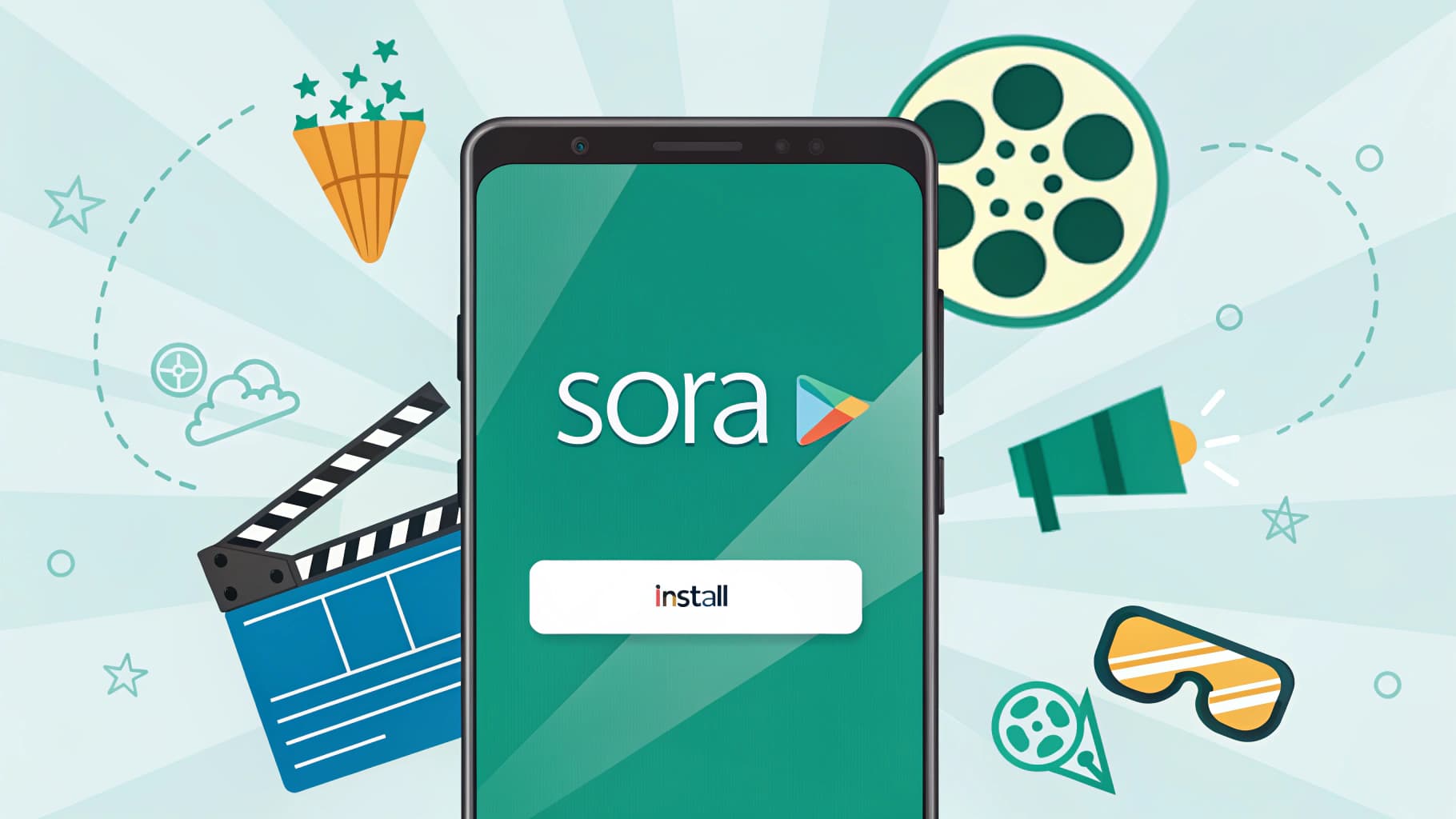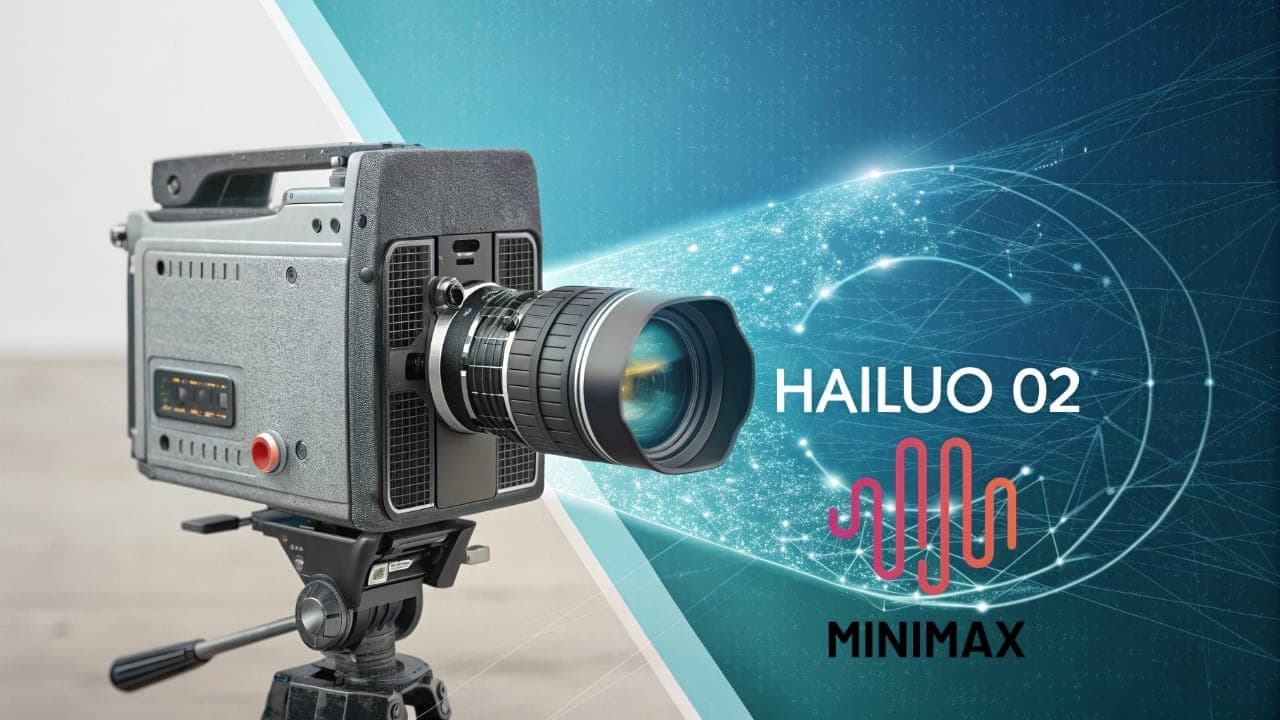
MiniMax Hailuo 02 vs. Veo 3: Which AI Video Generator Wins?
The landscape of AI video production is evolving at a breakneck pace, with each breakthrough heralding new tools that promise extraordinary capabilities.
In this dynamic environment, a new contender has emerged: “Hailuo 02” from the Chinese company MiniMax. It’s positioning itself as a formidable challenger to Veo 3, the offering from tech giant Google.
This new dynamic is redrawing the competitive map, particularly in the realm of high-definition silent video generation.
The Launch of MiniMax Hailuo 02
MiniMax, also known as Xiyu Technology, has announced the second generation of its video generation model, Hailuo 02, marking a significant leap forward in both performance and pricing.
The new model is built on an innovative architecture the company calls “Noise-aware Compute Redistribution” (NCR).
According to the company, this architecture boosts training and inference efficiency by 2.5 times.
The NCR architecture processes long videos differently depending on the training stage.
In the early stages, when artificial noise is high, video clips are compressed as much as possible.
Later on, as the training clips become clearer, the model processes them at their full resolution.
Comparison with its Predecessor
Compared to its previous version, Hailuo 02 boasts three times the number of parameters and four times the amount of training data, with significant improvements in data quality and diversity, though the company hasn’t disclosed the exact figures.
MiniMax claims that Hailuo 02 delivers superior performance in handling complex text prompts and simulating physical processes.
The company even goes as far as to say it’s currently the only model capable of accurately generating complex scenes, such as gymnastics routines.
Hailuo 02 is available in multiple options, including 768p for six or ten seconds and 1080p for six seconds. This is a step up from the previous model, which was limited to 720p and six seconds.
What About Google Veo 3 and Its Advantages?
On the other side of the ring, we have Veo 3, a key component of Google’s integrated creative suite, Flow. This ecosystem combines video generation (Veo), image generation (Imagen), and text understanding (Gemini) into a single interface.
The integrated system provides a unified space for creating, editing, and managing content.
Google Veo 3’s standout feature, however, is its native audio generation capability. With a single text prompt, the model can produce synchronized dialogue, sound effects, and music. This empowers creators to build rich narrative scenes without needing external tools.
Veo 3 was announced in May 2025 with capabilities up to 4K resolution and video lengths of up to 8 seconds. Google is embedding all content with a digital watermark (SynthID) and applying strict standards to block inappropriate prompts.
Within the Flow ecosystem, you’ll find tools like SceneBuilder for linking clips, Camera Controls for managing framing and motion, and Ingredients for uploading references to ensure character or style consistency.
While Veo 3 can sometimes misinterpret prompts or struggle with complex physics simulations, its fusion of audio and video opens the door to vast creative possibilities.
As for cost, Veo 3 initially carried a high price tag. However, Google responded to market shifts by introducing the Google AI Pro plan at $20 per month, which includes access to Flow, the “Fast Veo 3” tier, and 100 generations per month.
Hailuo 02 vs. Veo 3: A Head-to-Head Comparison
User Ratings
In user evaluations on the “Artificial Analysis Video Arena” platform, Hailuo 02 secured the second spot in the image-to-video category, placing ahead of Google Veo 3 (though it’s worth noting the Veo 3 version tested did not support audio).
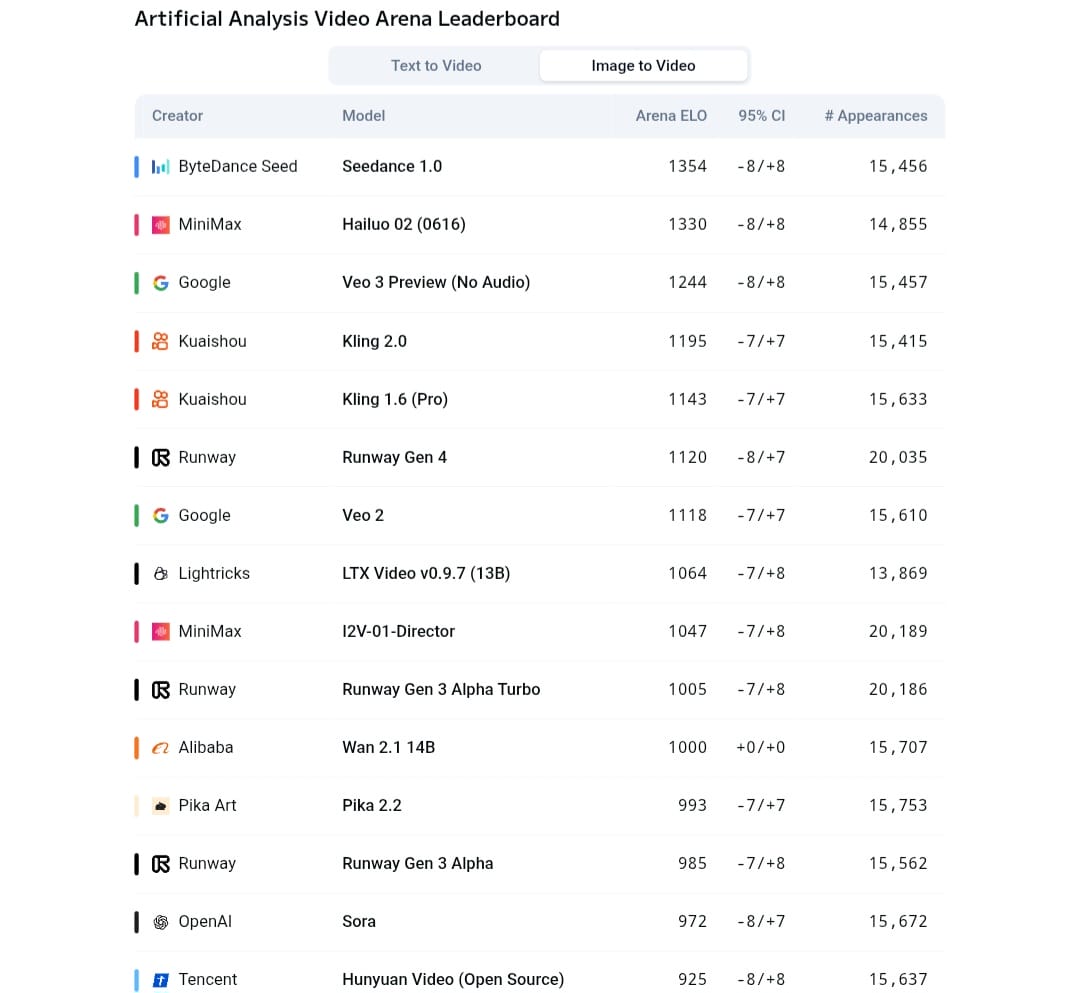
Since its beta launch last August, over 3.7 billion video clips have been generated using the Hailuoai platform, reflecting massive interest from users worldwide.
Visual Quality and Prompt Fidelity
Based on their experiences and evaluation platforms, many users agree that Hailuo 02 excels in the silent video domain.
Users on Reddit have remarked that it “surpasses Veo 3” in both prompt accuracy and visual quality.
This sentiment is bolstered by Hailuo 02’s strong performance in the Artificial Analysis Video Arena.
Realism and Motion
Hailuo 02 excels at rendering motion, physics, and fine details with precision, particularly in dynamic scenes like sports or combat sequences.
It also features a “Director’s Toolkit,” which allows for shot direction using commands such as “pan down” or “zoom in.”
Audio and Workflow
This is where Veo 3 clearly shines, thanks to its integrated audio capabilities.
For content that relies on dialogue or sound, it remains the more suitable choice.
Additionally, Google’s “Flow” ecosystem offers a more seamless and integrated workflow.
Speed
Generally, Veo 3 demonstrates faster performance in content generation, particularly on its paid plans.
Hailuo 02 can sometimes suffer from slowness, especially during periods of high demand.
Competition and Pricing
The powerful debut of Hailuo 02 has significant implications for the AI video industry. It intensifies the competition, which in turn drives further innovation and price adjustments-a trend already seen with Google’s response.
Content creators are the primary beneficiaries of this rivalry, gaining access to more powerful tools at a lower cost.
Despite Hailuo 02’s strengths, it faces challenges like the current lack of audio support and potential scalability issues for large enterprise use. MiniMax plans to add audio capabilities and other enhancements in the future.
Ultimately, Hailuo 02 and Veo 3 represent two different paths toward the future of AI video production. The former focuses on stunning visual fidelity at a low cost, while the latter offers a fully integrated solution with an emphasis on audio-visual storytelling.
The choice between them currently depends on a creator’s specific needs, but one thing is certain: this competition will only accelerate the evolution of the entire field.

